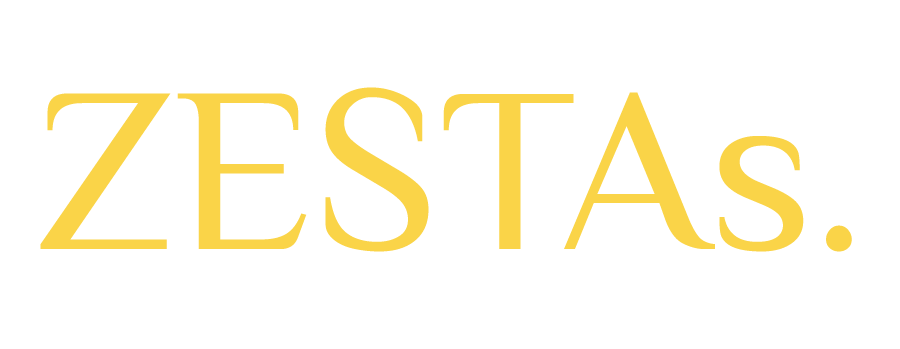
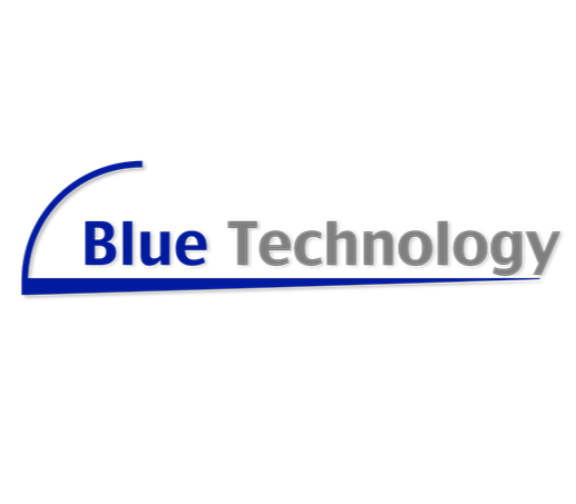

About Blue Technology
Blue Technology was founded in 2008, as a think tank by Brian Boserup with the ambitious goals to decarbonize the maritime industry and eliminate its need for ballast water. By 2017 we established an expert advisory board, and by 2018 Blue Technology matured into a company aiming to materialize its visions. Since then we received founding from The Danish Maritime Found for our proof of concept study, and new AB members have joined.
By the end of 2021 we completed a proof of concept study with positive results and by August this year we will start a 3 year Joint Industry Project, propelling us from a TRL3 to a TRL6, delivering a 24 meter demonstrator and a tender level design of the full scale. The 240 meter full scale container carrier (5000 teu) can be in service by 2028.
No fossils for ship propulsion.
Going zero emission requires that the energy used for propulsion is delivered by nature, where it is consumed. Wind, solar and wave energy as available power sources. Our ships are powered by wind and solar
Solar energy is the strongest sustainable energy source available. The photovoltaic technology is in a phase of great progress, but not yet powerful enough to become the main propulsion energy source.
Still it is an energy that is free and delivered to where it is consumed, which is why we need to harvest as much solar energy as possible.
Our design has a surface area close to 40.000 m2 suitable for photovoltaic panels which will generate energy for our batteries.
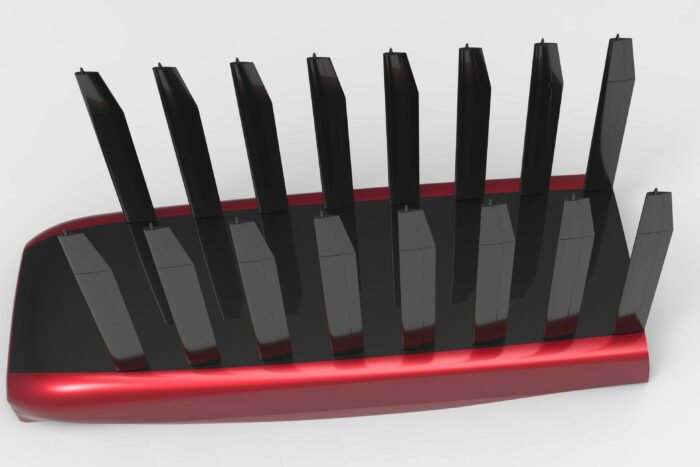
40.000 m2 photovoltaic panels
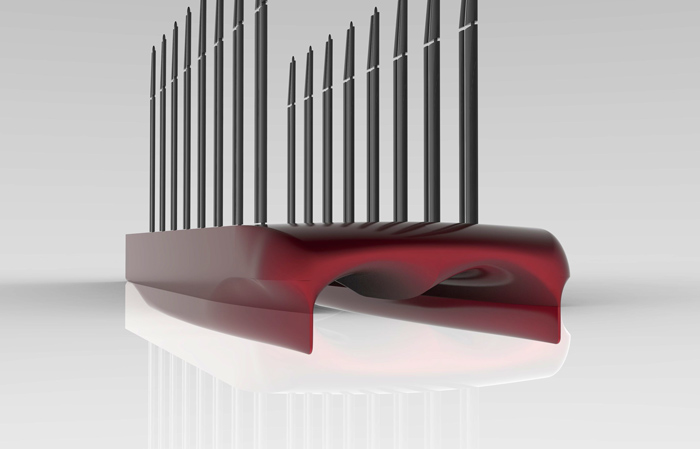
Stable sleek and lightweight hull
To fully utilize the potential from the tall rig, we need a hull that provides sufficient stability, and this is part of the decision to go for a multihull. This furthermore eliminates the need for ballast water which accounts for around 30% of the total “cargo” moved today.
Besides the energy used to transport water, and tank space saved, we also eliminate other challenges related to the use of ballast water.
Advantage #01
Zero emissions of CO2, NOx, SOx, particular matters
We use no fossil fuels and thus avoid the above, along with no discharge of toxic waste water, as we see today, when ship owners use scrubber technology to comply with regulations.
Advantages #02
No ballast water andassociated equipment
About 1/3 of todays tonnage shipped is ballast water, used to balance the ships when not fully loaded. A large iron ore carrier, transports 100,000 tons of ballast water from China to Brazil which needs to be poisoned or electrified to reduce the spread of invasive species.
Advantage #03
Low noise andvibration levels
We expect to run 60-70% of the time from pure wind propulsion, 20% with assisted engine propulsion and 10-15% on pure engine power, delivered by two electric drives with almost no noise or vibration.
Advantage #04
Ability to serve shallow draft ports and water ways
Reduced weight and the multihull design allow us to service shallow draft ports, closer to the origin of the cargo as well as closer to the end user. Some shallow water countries like India and Bangladesh can reduce their inland transport significantly.
We will move large volumes of cargo from road and rail onto sea transport contributing further reductions in CO2 and other air emissions. We can also sail different routes, take shortcuts and avoid some of the narrow straights that are heavily crowded with traditional vessels.
Advantage #05
Low operational costs
We have no fuel expenses and less terminal expences and no need for on shore power supply, nor chemical, sludge or wastewater disposal requirements.

Propeller system
Retractable propellers generating electricity
We consider to have a retractable propeller in each side hull driven by an electric drive. They are deployed when the wind speed is too low to provide sufficient propulsion power.
The retractable propellers are also submerged and generate energy to charge the battery electrical storage system when wind speeds are sufficient. We can store close to 20% of the propeller maximum output, only slowing the vessel 1-2 knots depending on the wind speed. The propellers also manage the rudder function.

Energy storage
Batteries and fuel cells
The energy harvested from the solar cells and the retractable propellers are stored in batteries. This solution is chosen for service areas with stable wind conditions, while we consider the opportunity of hydrogen/fuel cells for routes where long periods of engine power are needed.
PROJECTS

PURE CAR CARRIER
Our designs could benefit the auto industry, providing a zero emissions PCC, with a capacity of 8-10.000 cars. On a cross Atlantic route we can keep a service speed similar with the services of today. This cargo is considered a light weight commodity and is easily loaded and unloaded.
We do however face some challenges, due to our width and height, to access some of the more popular ports, but our low draft might open up for other port alternatives. Even if the PCC’s fits perfectly with our capability, there are reasons to believe, that cars eventually will be transported in containers.
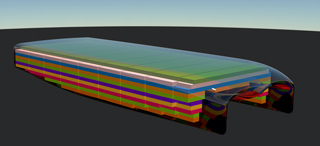
CONTAINER CARRIER
Our container carrier design has a capacity of 5.000 teu and a system where containers are loaded/unloaded and stored in railguides by our onboard container handling system.
We have no need for lashing and this system allows us to line up the containers that are to be unloaded at the next destination during the voyage.
This illustration shows our hull containing 6.600 teu, but some 1.600 will be removed, as we need the space for other technologies.
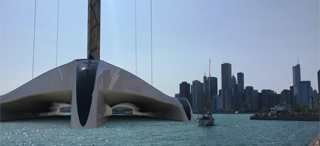
CRUISE
Todays cruise ships are massive polluters, purely for the pleasure. We expect that the coming focus on Co2 will effect cruise tour operators negatively, unless the cruise lines can offer a zero emissions solution.
LNG, HFO with scrubbers or MGO will not be part of this industry on newbuilds in a decade form now. And todays newbuilds will need to compete with zero emission options well before they reach their twenties.
We can offer zero emission, low noise, no vibrations, excellent stability and comfort cruising, without damaging the places we visit.
A initial study of the options within cruise industry is planned by next year.
The ambition of Blue Technology is to develop solutions which eliminate many of today’s challenges and help the maritime industry on to a truly sustainable path.

Website: https://bluetechnology.dk
E-mail: mail@bluetechnology.dk

